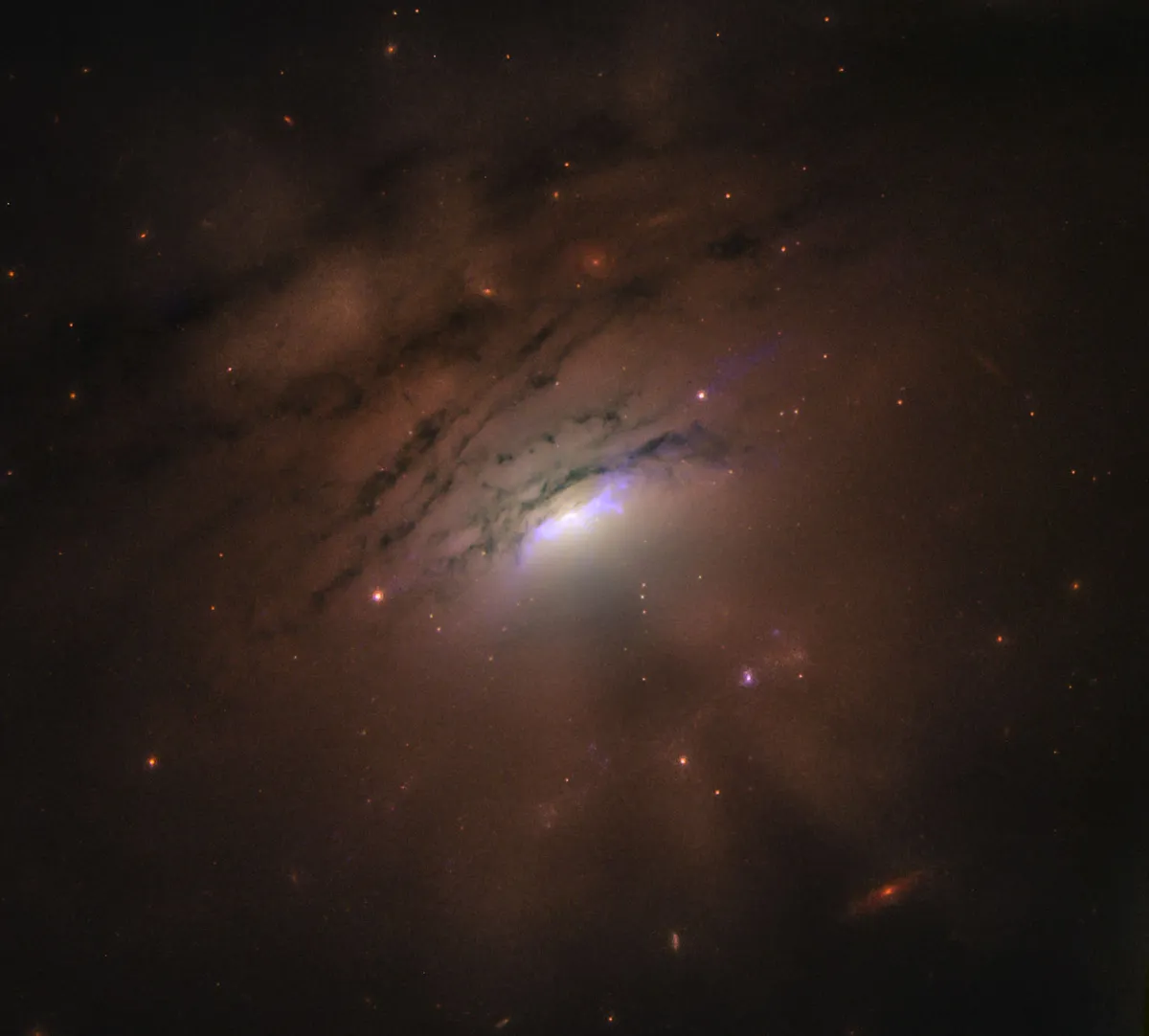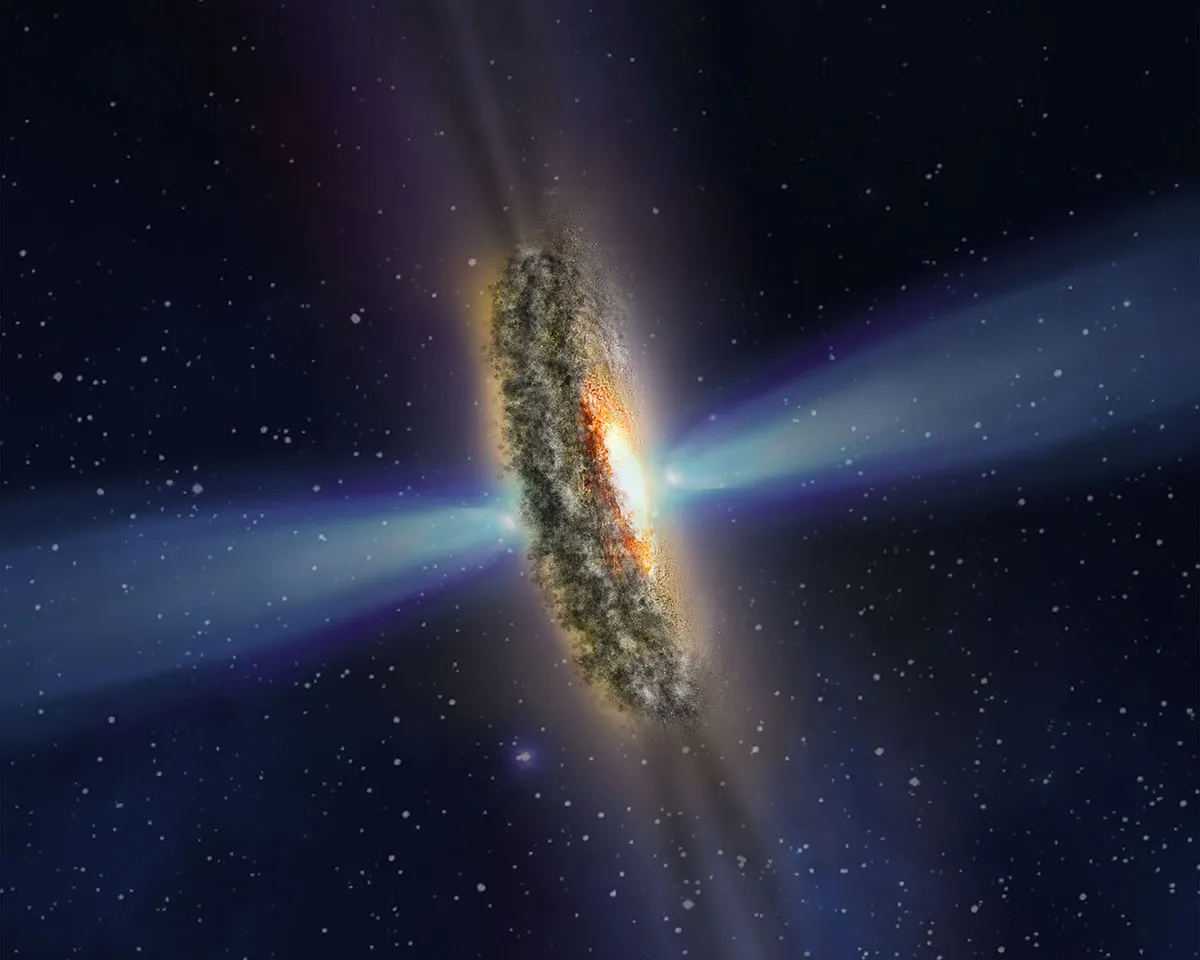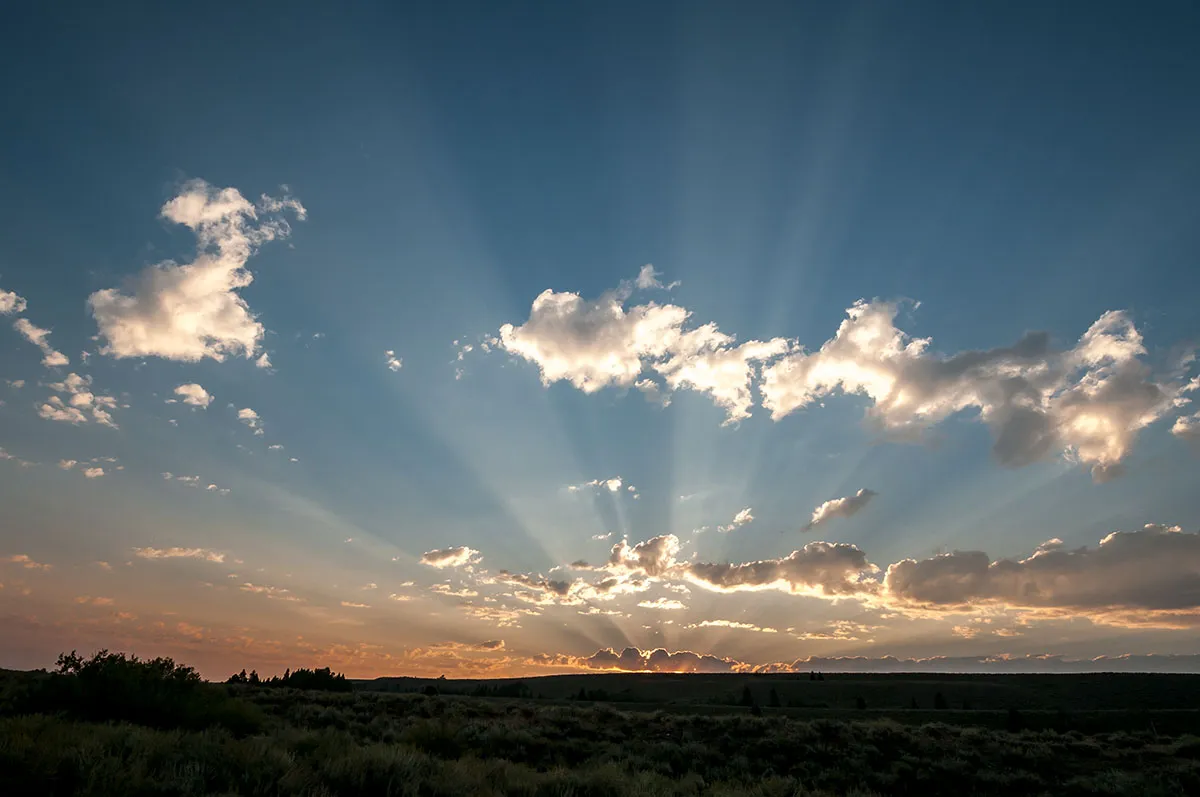
Astronomers using the Hubble Space Telescope may have captured an image of shadows cast by a dusty ring surrounding a supermassive black hole at the centre of a galaxy.
An image released by the team shows the centre of nearby active galaxy IC 5063, where bright rays of light and dark shadows are seen emanating from within.
In particular, a two-pronged shadow appears to be emerging from the bright galactic centre - seen below and above the galaxy in the image - that could be cast by the dust ring.
The astronomers behind the study are led by Peter Maksym of the Center for Astrophysics at Harvard & Smithsonian in the US.
Studying the galaxy, the team have managed to trace the projection of light rays back into the galactic core, where resides a supermassive black hole.
Discover more:
- Podcast: What is a black hole?
- How do black holes form?
- Supermassive black hole imaged for the first time

Black holes are dense regions of space from which not even light can escape, and astronomers infer that most galaxies, including our own Milky Way, have a supermassive black hole at their centre (although we don't yet definitively know where the nearest black hole to Earth is.
IC 5063 is no exception, and like other galaxies its supermassive black hole can be detected as streams of light energy generated as cosmic matter falls inwards.
But what can also be seen in this new Hubble image are displays of shadows and light stretching across at least 36,000 lightyears. The team believe these could be cast by a ring of dusty material surrounding the black hole.

This dusty disc only blocks some of the light, however, allowing rays of light to beam outwards, generating dark cone-shaped rays similar to those that can be seen on Earth as sunlight passes through gaps in clouds (see image above).
"It's a really cool effect that I don't think we've seen before in images, although it has been hypothesised," says Maksym.
"Scientifically, it's showing us something that is hard - usually impossible - to see directly. We know this phenomenon should happen, but in this case, we can see the effects throughout the galaxy.
"Knowing more about the geometry of the torus will have implications for anybody trying to understand the behaviour of supermassive black holes and their environments."
Image stats
- Observatory Hubble Space Telescope
- Release date 19 November 2020
- Image credit NASA, ESA, STScI and W.P. Maksym (CfA)
Read more about this story via the Hubble Space Telescope website.
